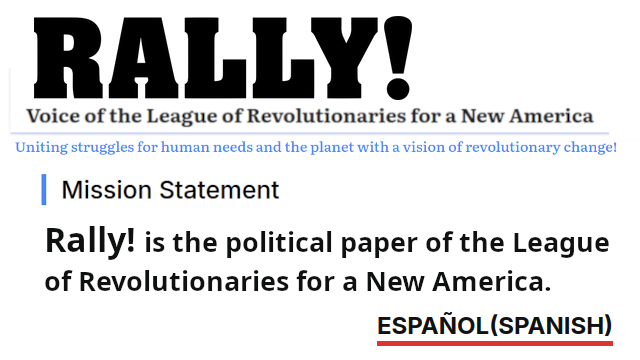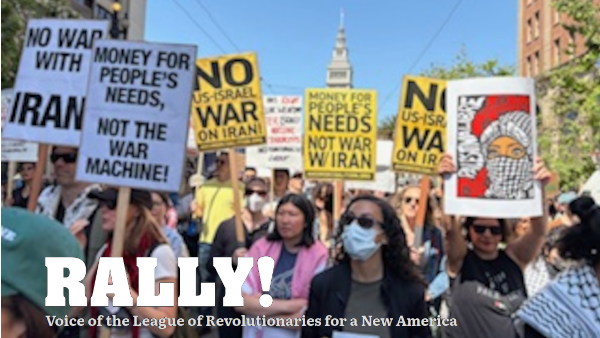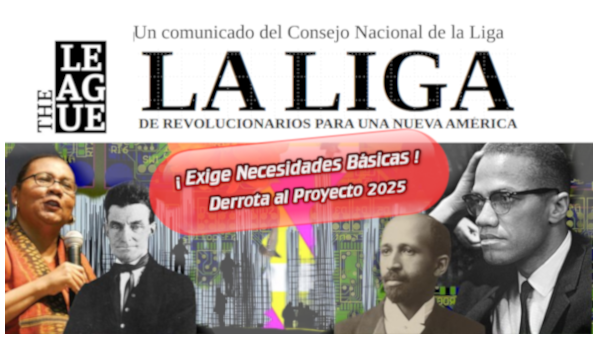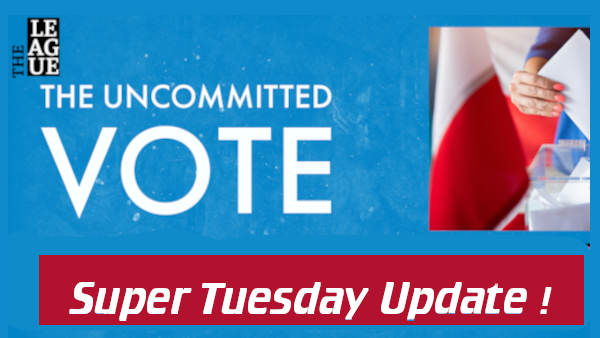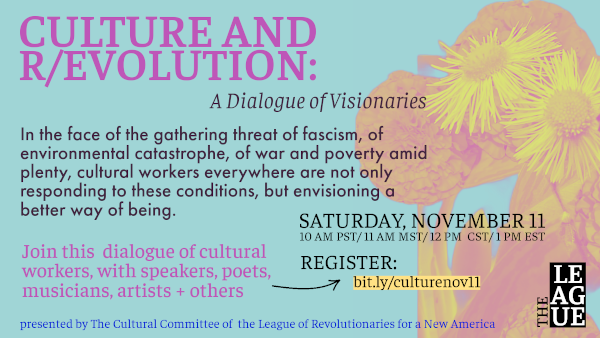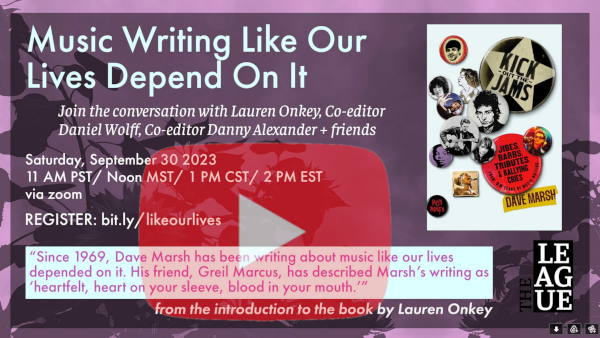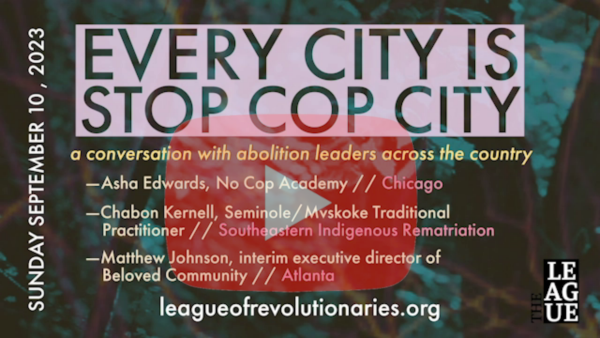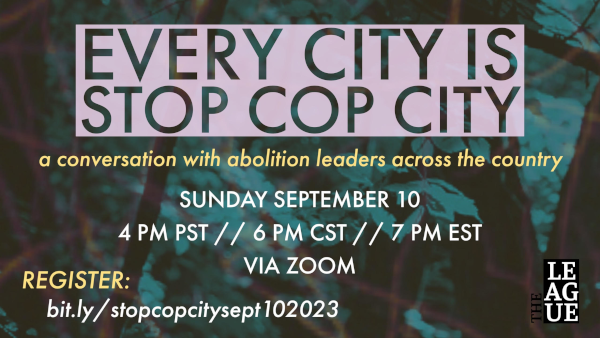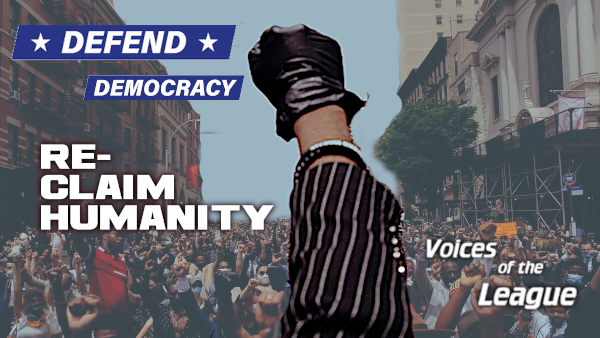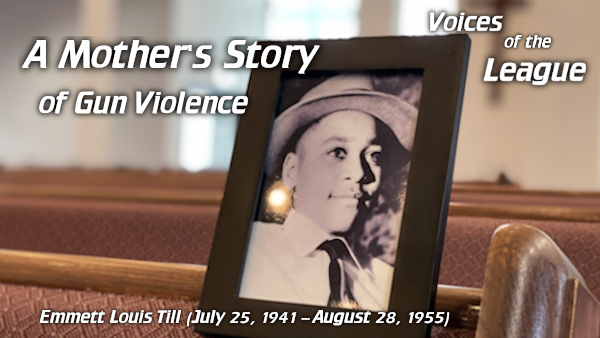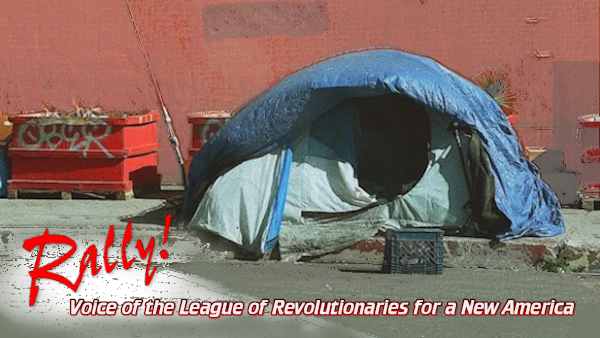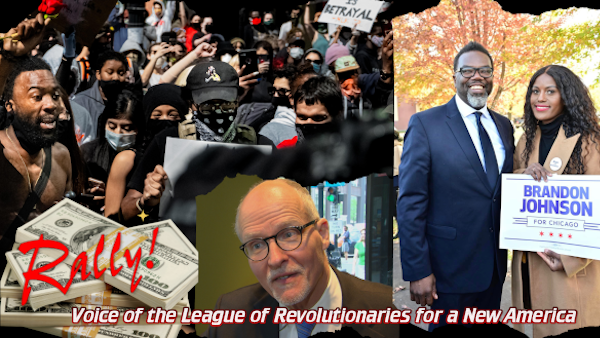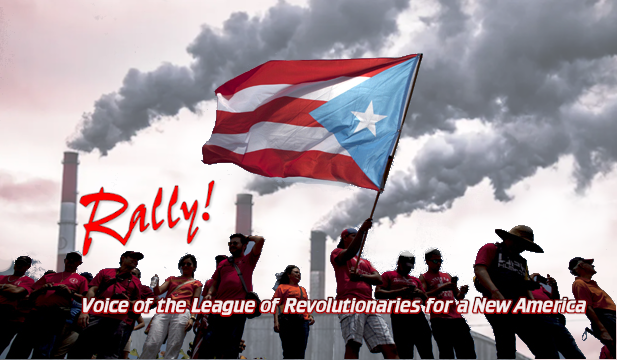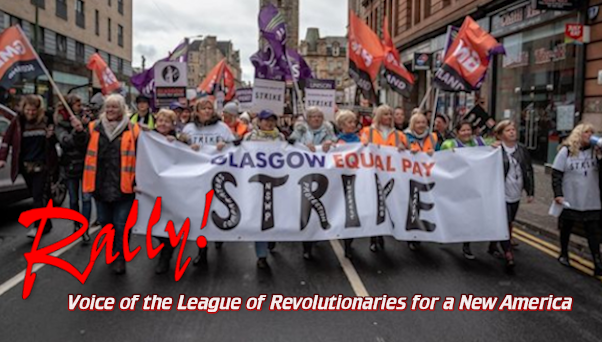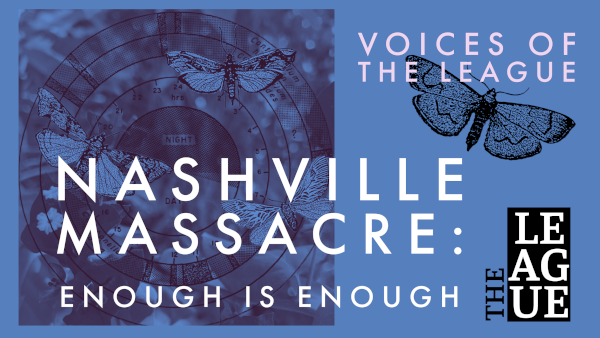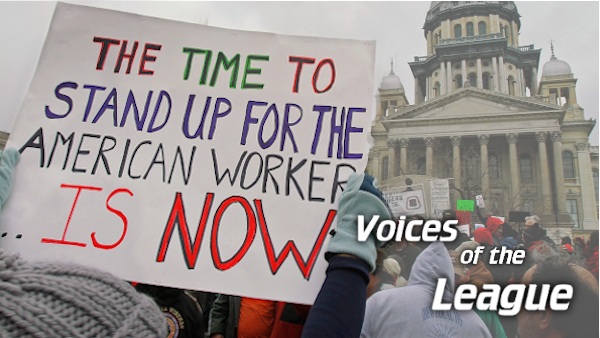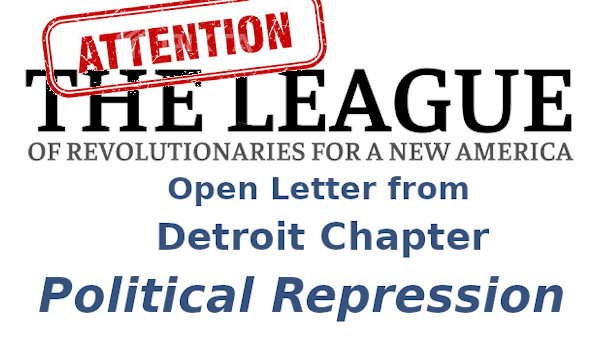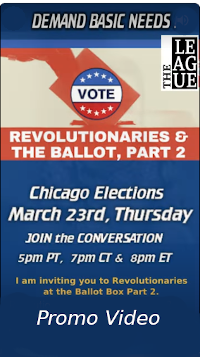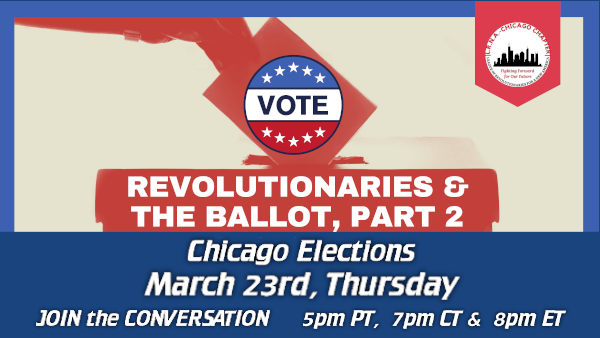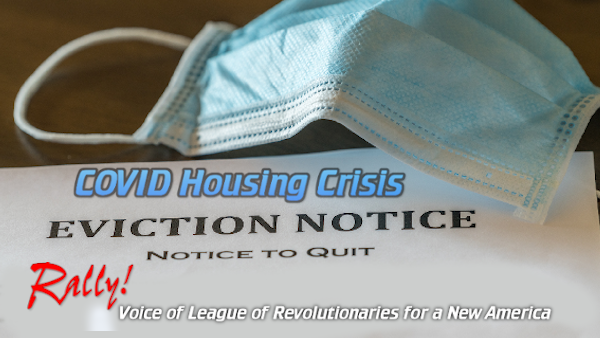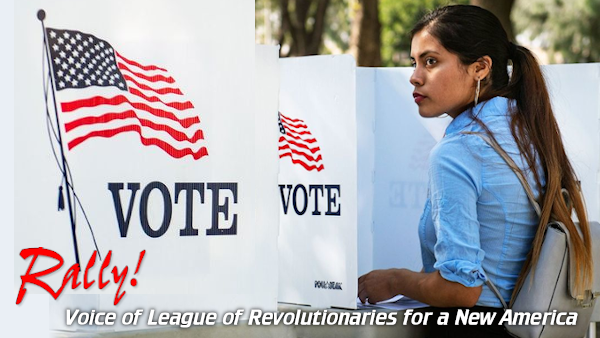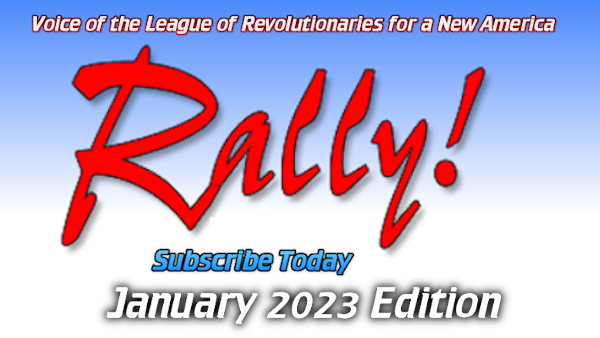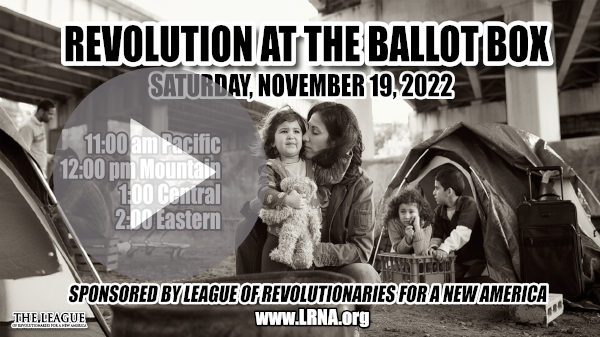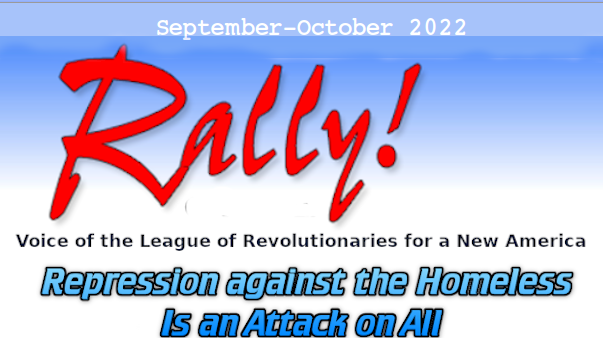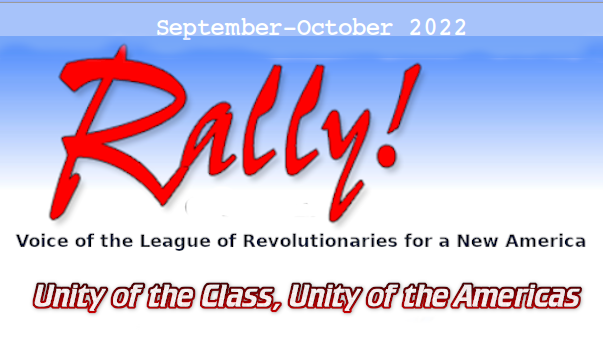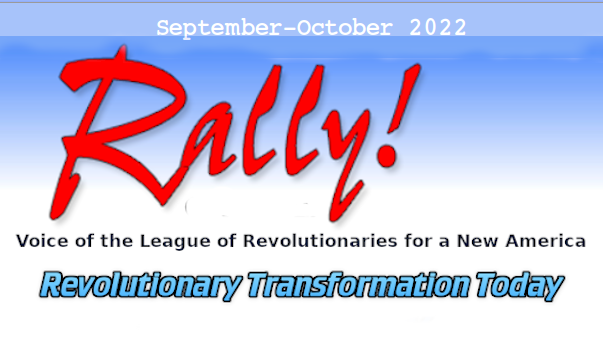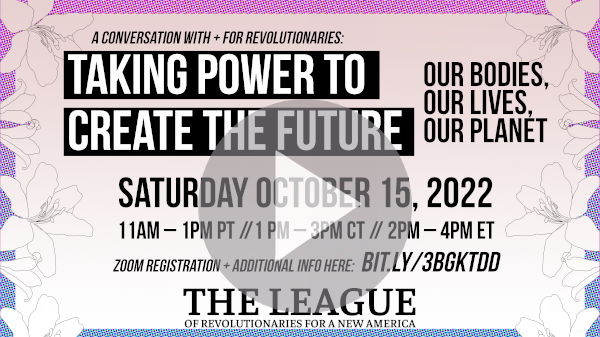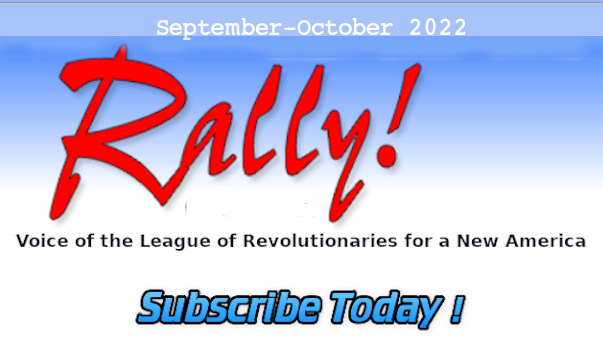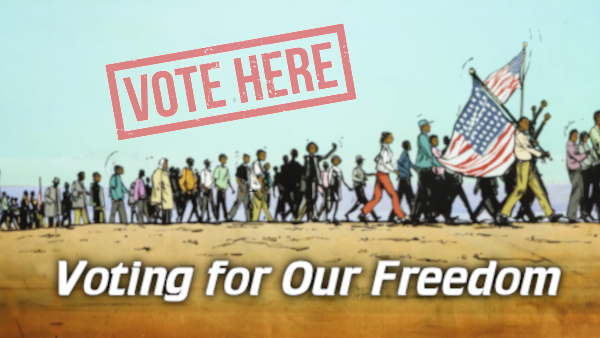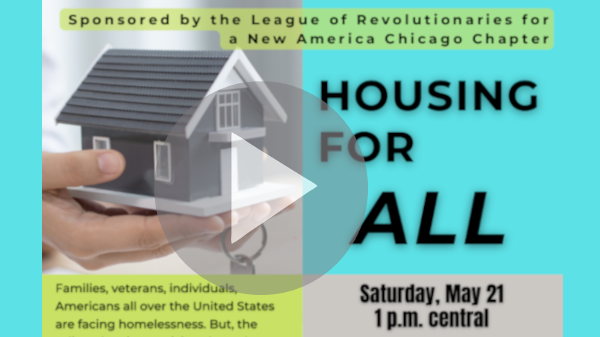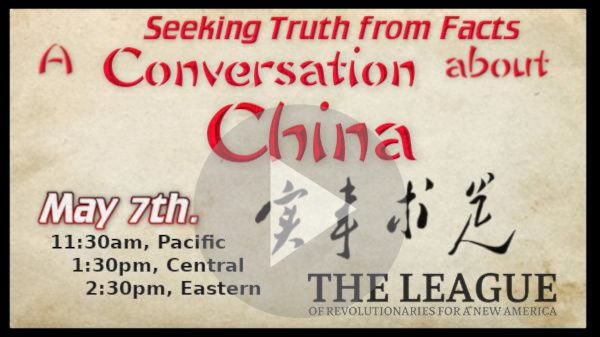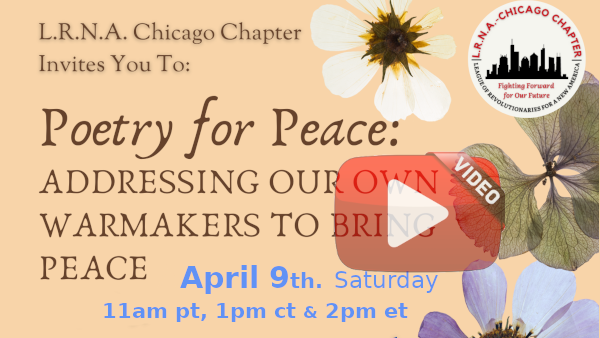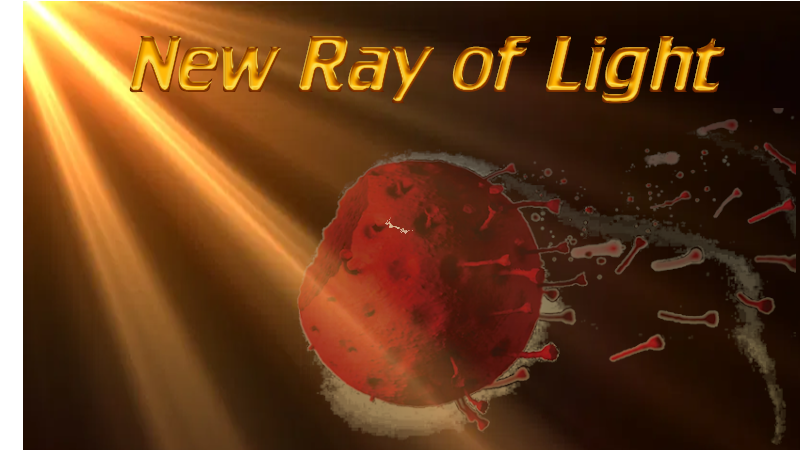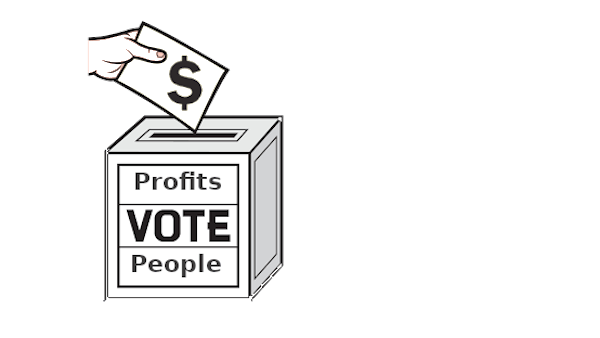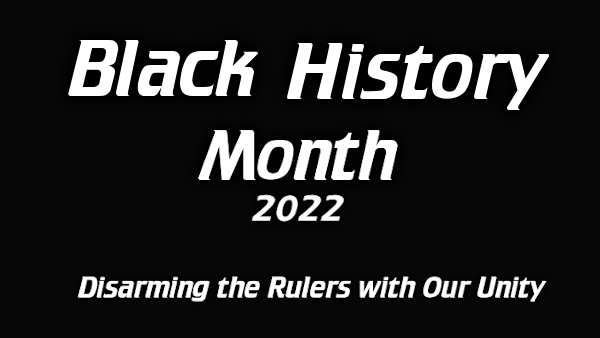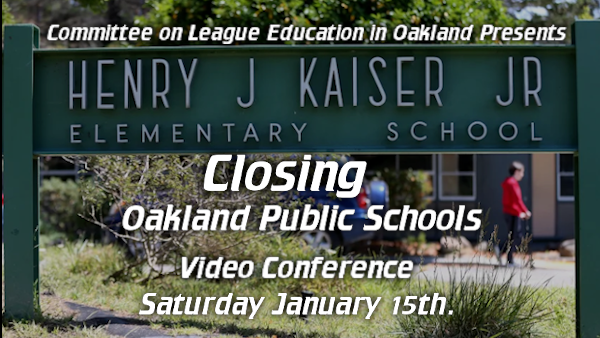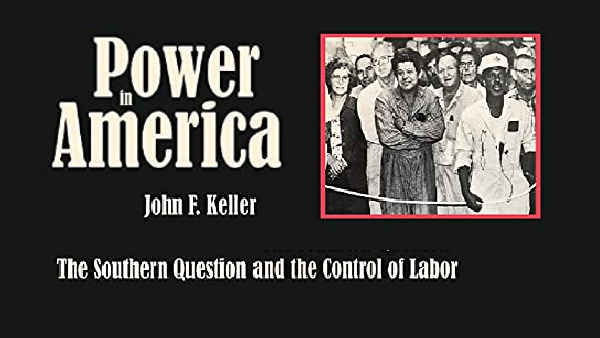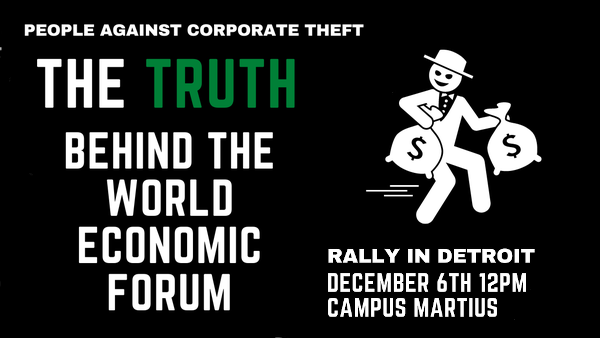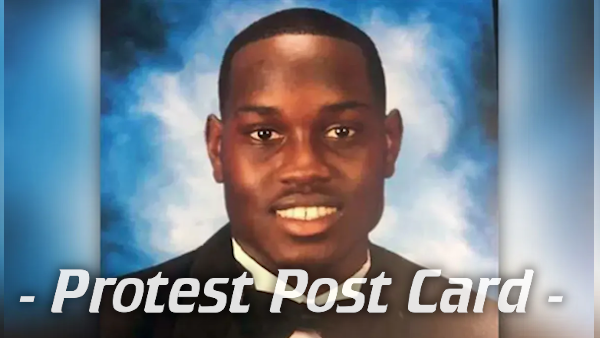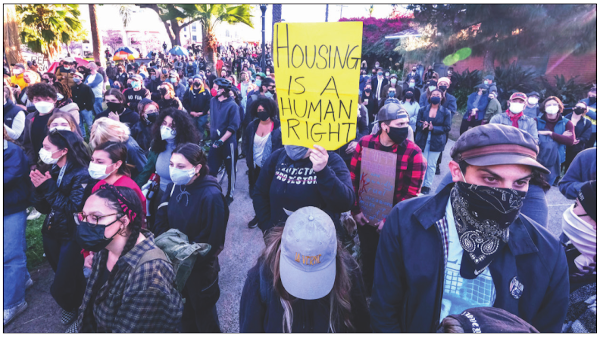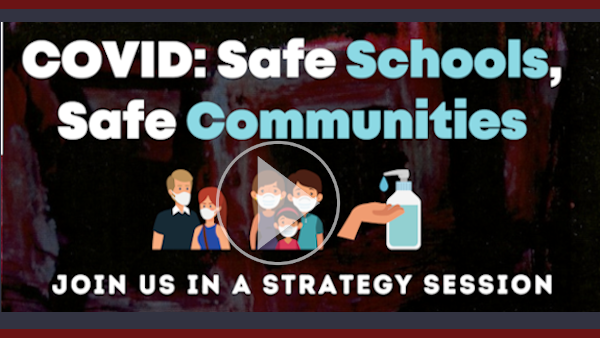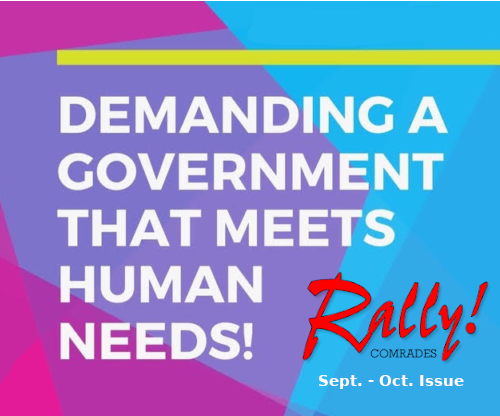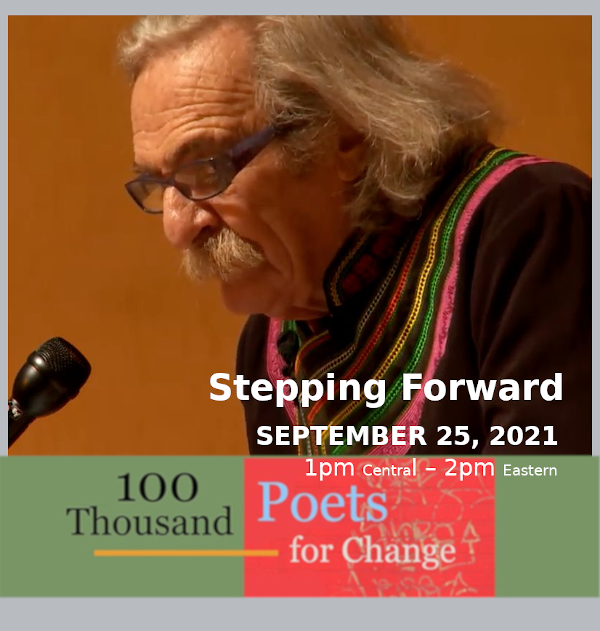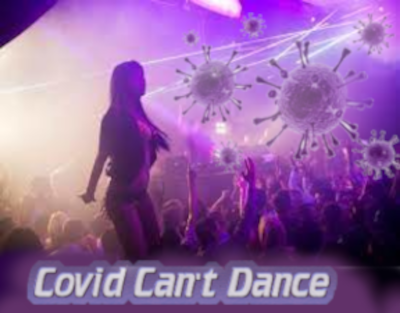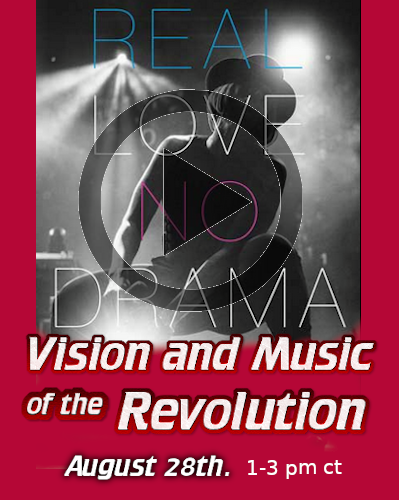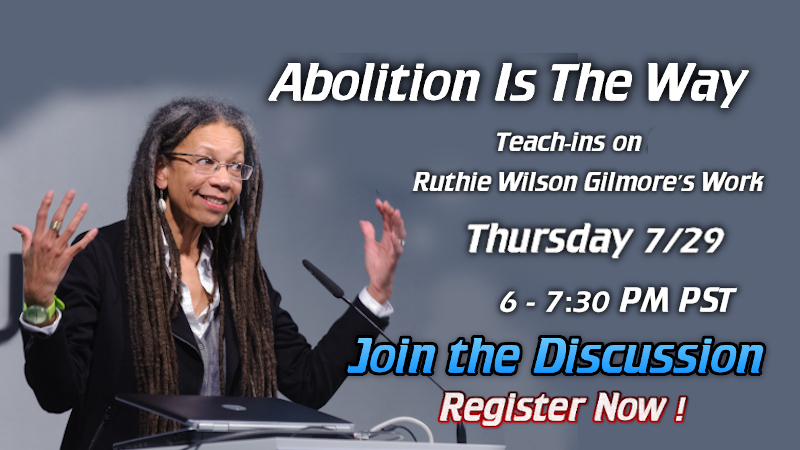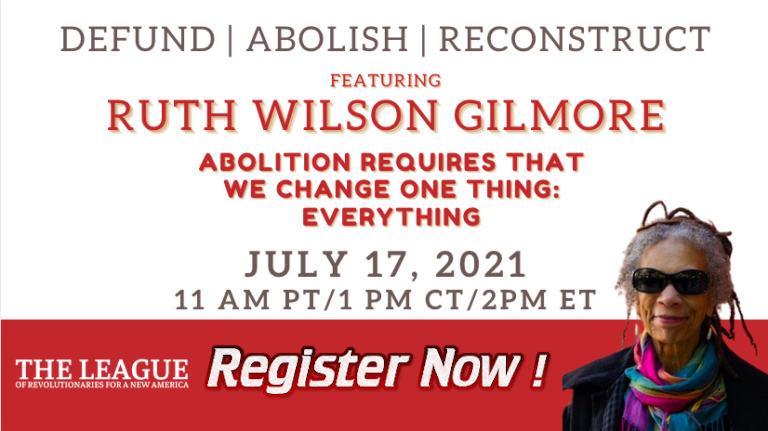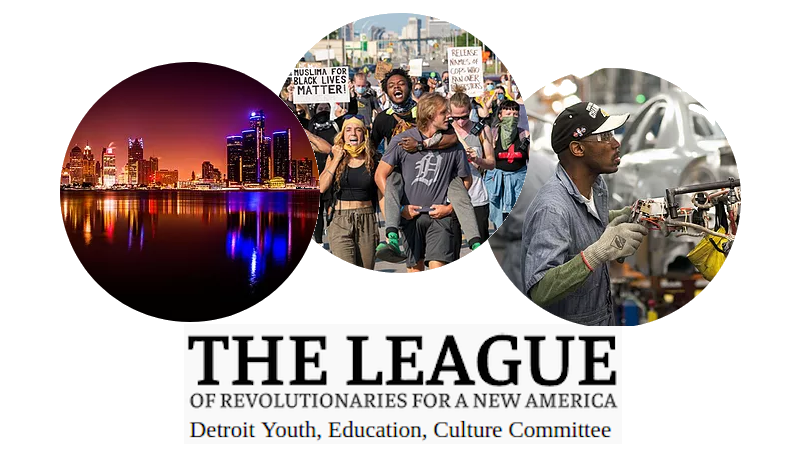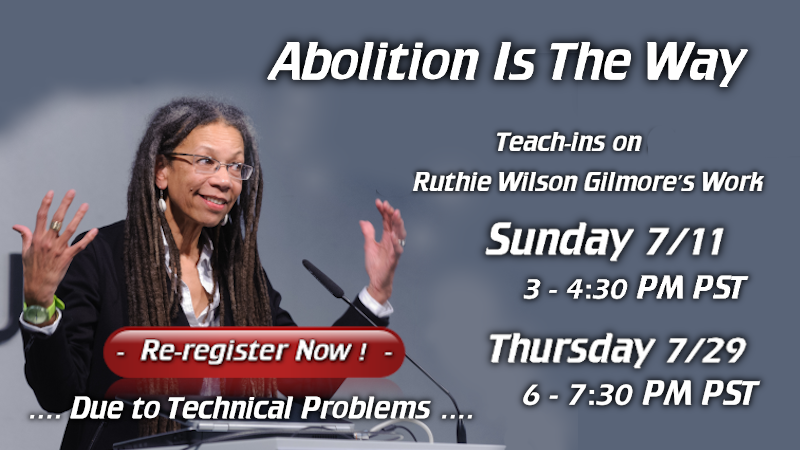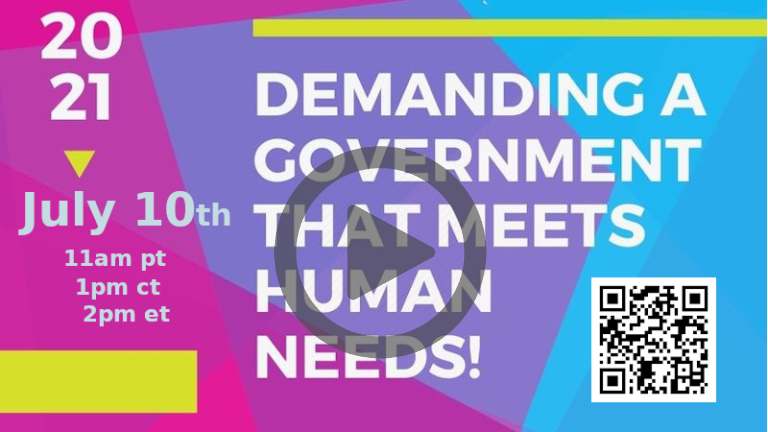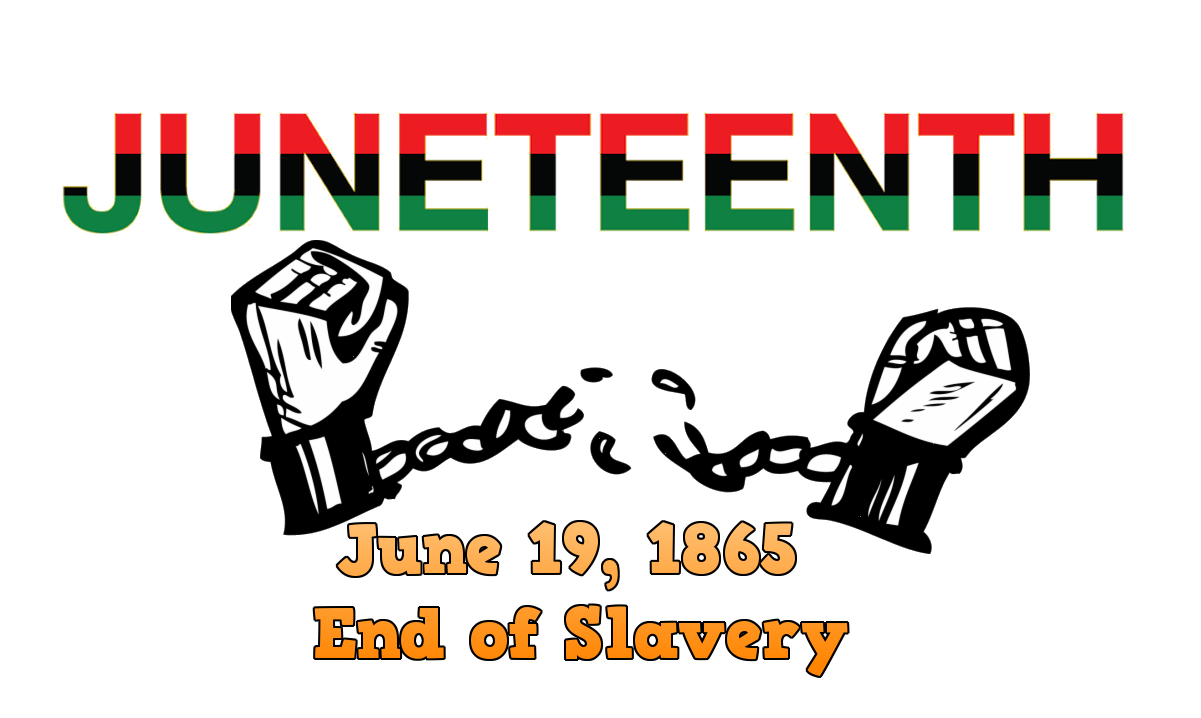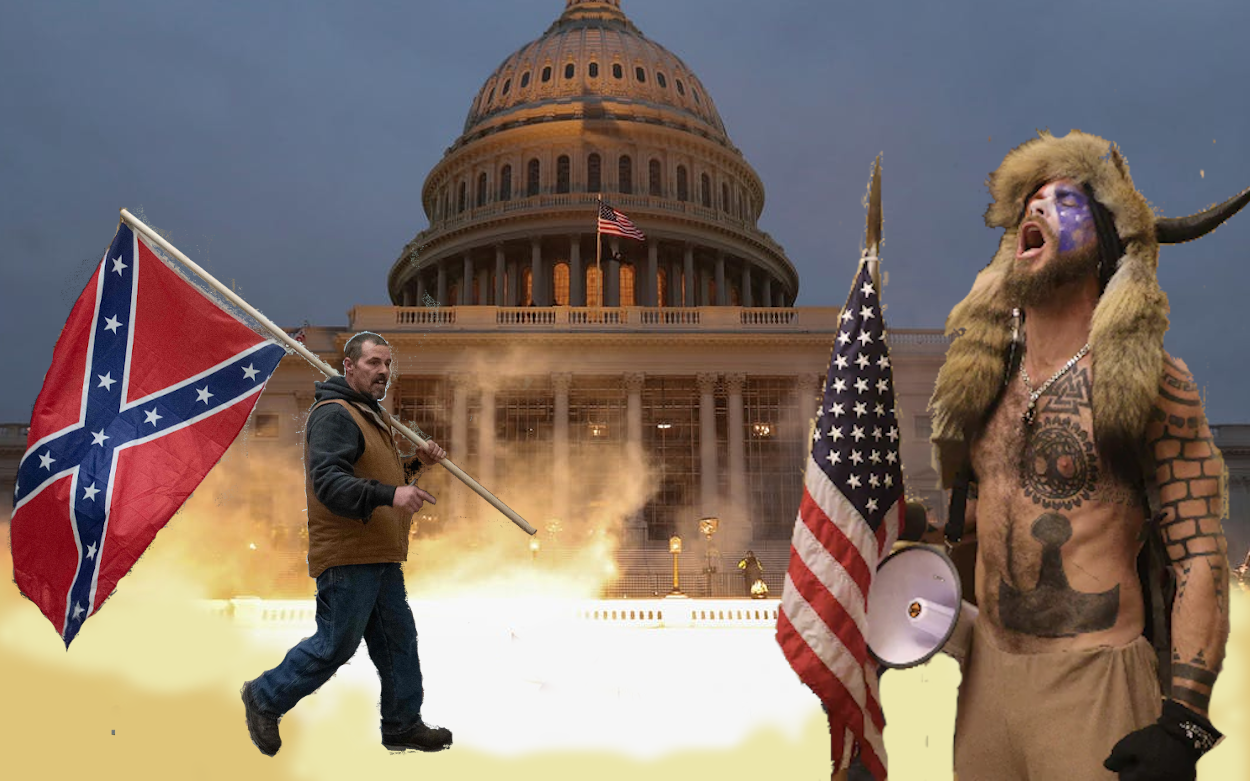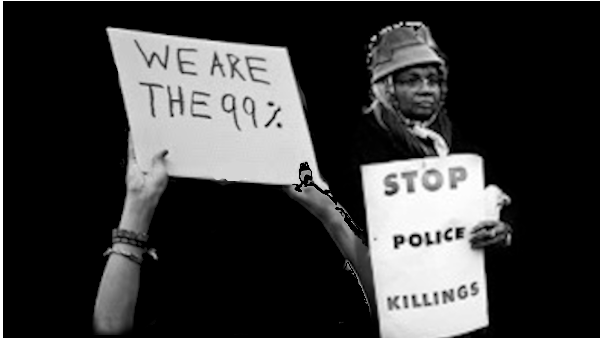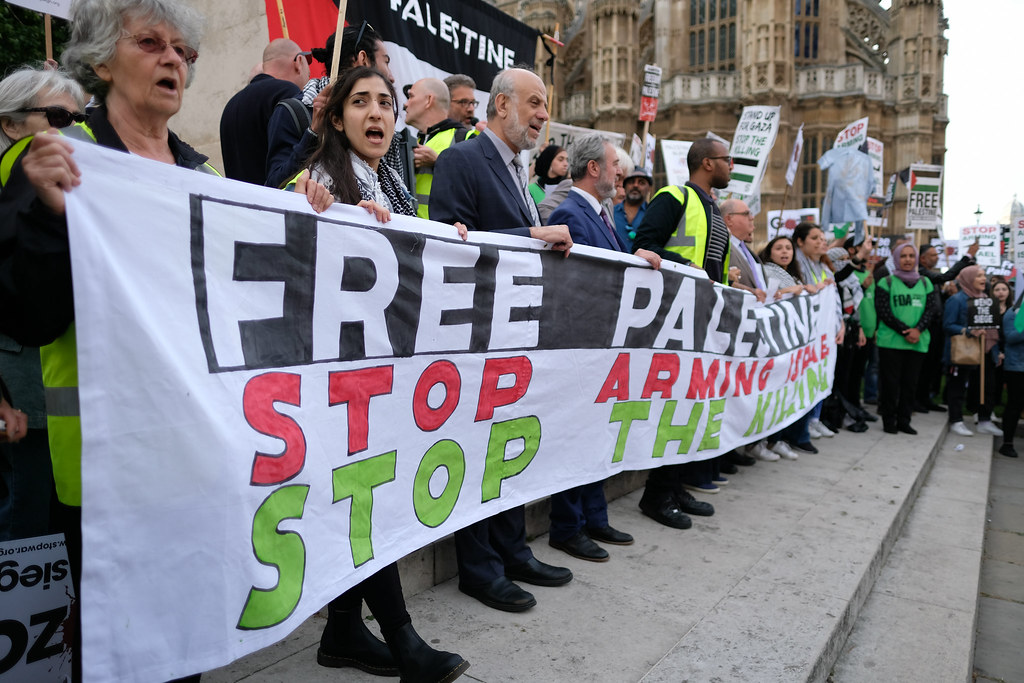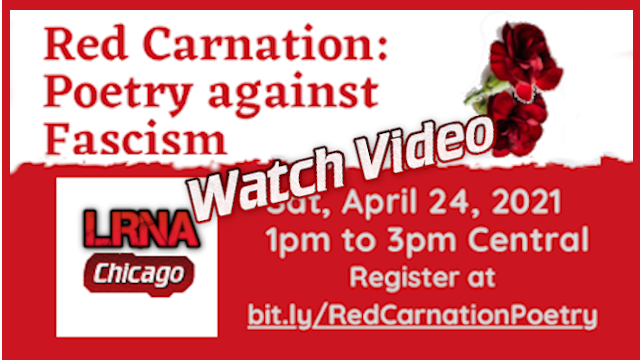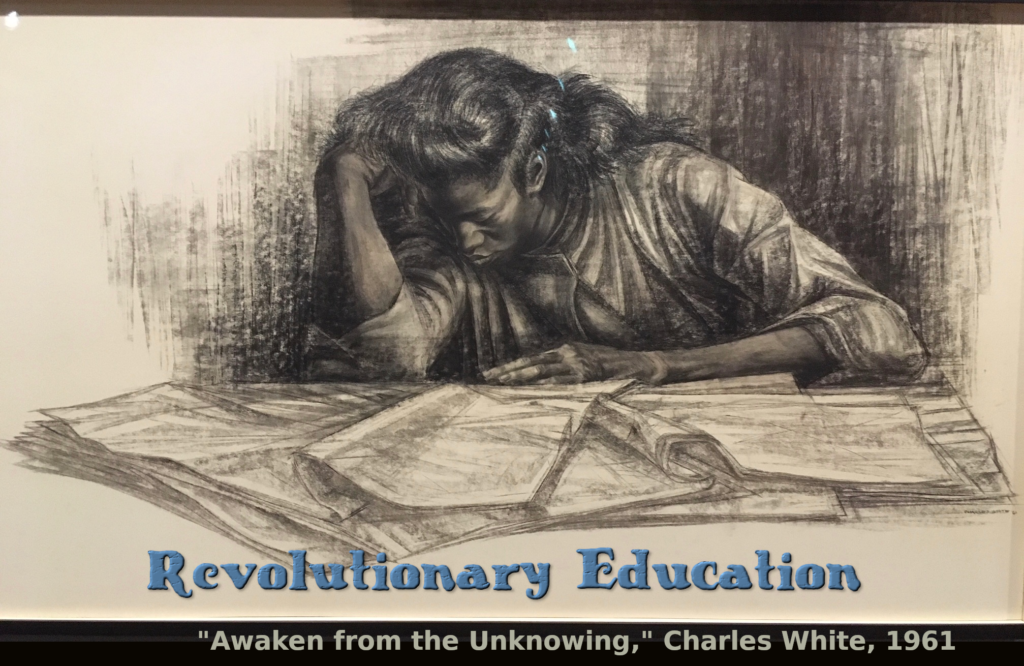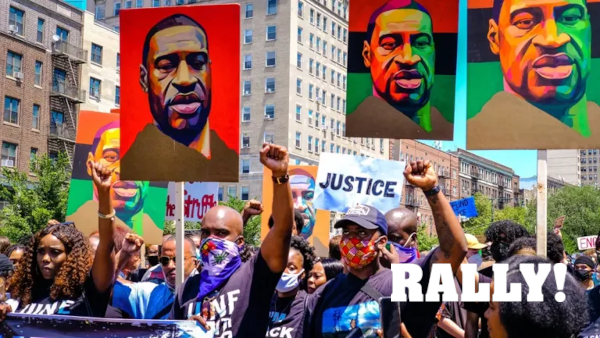Juneteenth: Celebration and Continued Struggle
Juneteenth
Celebration and Continued Struggle
Emancipation Proclamation:
Abraham Lincoln issued the Emancipation Proclamation on January 1, 1863, halfway through the Civil War. The war had been fought to determine which form of capitalist rule would prevail over the country, one founded on slave labor or one based on wage labor. It would be another two years before abolition reached Texas and enslaved people in Galveston got the unexpectedly good news of their freedom. “Freedom,” however, was conditional. General Order No. 3 said “the connection heretofore existing [between] former masters and slaves” would become “that between employer and hired labor” and “freedmen are advised to remain quietly at their present homes and work for wages.” The formerly enslaved African Americans were to be employed “in order that the present crop may be secured” but they would be obliged to travel with passes or permits issued by their employers. So “freedom,” doubtless a step forward in the lot of the formerly enslaved, was in truth a relative concept and reality.
It is this date of General Order No. 3, June 19, 1863, that we celebrate as Juneteenth. Many of the enslaved people in Texas (already a “slave state”) had been brought there by “masters” hoping to put distance between themselves and the Union army. Juneteenth marked a critical new opening in the struggle for freedom, a formal declaration in a fight being waged since the birth of the country, largely built on forced, unpaid labor. The anti-slavery movement had multiple fronts, but the most important was the resistance put up by the enslaved themselves in the form of sabotage, escape, rebellion and organized struggle. Between the 17th and 19th centuries, enslaved Africans and African Americans in British North America and the United States planned and carried out hundreds of revolts.
Slave Revolts:
Ever since the earth-shaking Haitian Revolution reordered the social map (and other maps) of the late 18th and early 19th centuries, the slavers, plantation owners, and other capitalists profiting from slavery lived in dreadful fear of the uprisings of the enslaved. The French Revolution, to which the Haitian Revolution is tied, did not just ring out the death knell of aristocratic feudal society. The ascendant bourgeois society was also fearful of labor, and the specter of Black slave labor on the rise in its own interests sent a chill down its spine. In the United States, repression against the enslaved peoples’ resistance was savage.
Revolutionary Allies:
This repression of the motion for freedom extended to the allies of enslaved people. They included Southern white laborers, white workers, and others from the North opposed to slavery ideologically or for practical reasons, understanding that it undercut all workers’ livelihood, standard of living, and rights. A 2019 study found that out of 4,467 people lynched between 1883 and 1941 in the United States, 1,082 were white (Seguin, Charles; Rigby, David, “National Crimes: A New National Data Set of Lynchings in the United States, 1883 to 1941”). The Ku Klux Klan was born in the aftermath of the Civil War and surged in the post-Reconstruction period when Northern capital and Southern capital made a deal to better exploit workers throughout the whole country, using the color line as a means of weakening labor organization (and therefore wages) and laborers’ resistance everywhere. Jim Crow – naked, unbridled, vicious terror – was put in place in the post-Reconstruction period. Even with the formal dismantling of this U.S. form of apartheid and sanctioned repression, the terror continues to this day, whether through institutional forces, such as the police, the judicial system, and mass incarceration, or the extra-legal fascist rabble.
Jim Crow:
The 19th century Jim Crow is gone, but his progeny has continued his ugly work, from the Tulsa Massacre more than a century ago, to the murder of four little girls in a Birmingham Baptist church in 1963, to the murders of George Floyd, Breonna Taylor and so many others in recent times. So, the fight for true, complete freedom for African Americans continues to this day as well. As in the past, it cannot be won while the ruling class keeps seeking ways to divide workers, black from white, native-born from migrant, documented from undocumented. Juneteenth became a federal holiday in 2021, made possible by the political will of the 2020 multiracial rebellion against systemic racism that demanded an end to police killings of Black lives and for transferring government funding from State violence to essential human needs.
Freedom from Want:
Ultimately, freedom from want cannot happen while a tiny class of owners controls society. People are fighting for homes, for a sustainable Earth, for healthy and affordable nutrition, for medical care, education and culture. African Americans and other peoples of color are still disproportionately disadvantaged in almost every sphere, while child labor, prison labor and other forms of forced or unpaid labor persists. We must continue to fight to fully realize the promise of Juneteenth.
Published on June 27, 2024
This article originated in Rally!
P.O. Box 477113 Chicago, IL 60647 rally@lrna.org
Free to reproduce unless otherwise marked.
Please include this message with any reproduction.
Visit Rally
Let’s talk – https://lrna.org/contact-us/
“As people struggle to survive war, climate catastrophe, poverty, and pandemic, a new fascist state form is arising to crush us – the naked rule of corporate power.” ..”The battle is a class struggle because the ruling class is the enemy of humanity and the earth itself.” from the Program of the League of Revolutionaries for a New America:
https://lrna.org/lrna-program/

